ASSESSMENT OF ICT ADOPTION POTENTIAL OF THE AGRICULTURAL SECTOR IN THE REPUBLIC OF MACEDONIA
Center of Excellence and Innovation
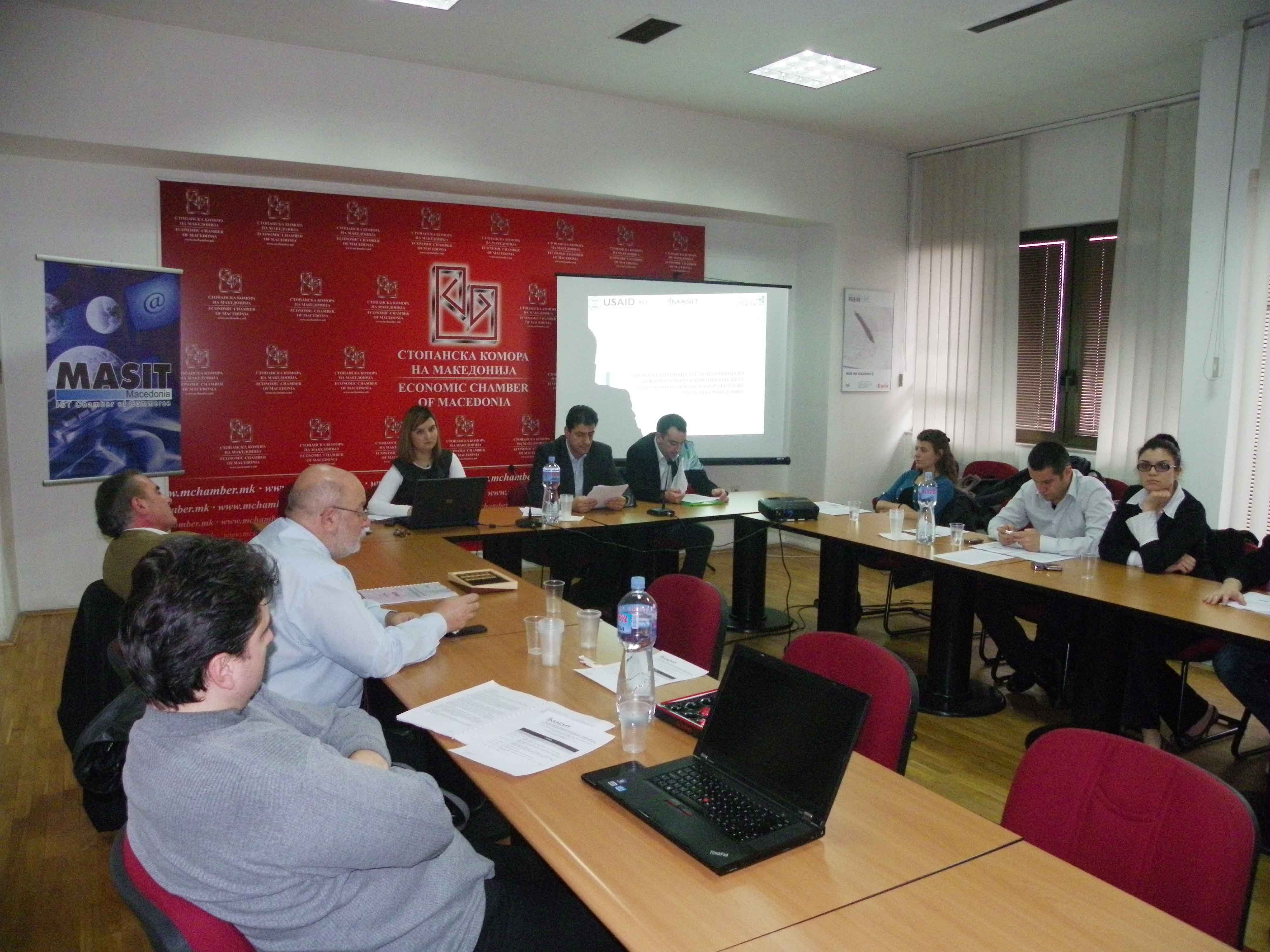 Over the past 50 years, we have witnessed the largest cyclical rise in real prices of food. In order to cope with the challenges we need to recognize the importance of investments which is crucial in more sophisticated and information and communication technologies.
Over the past 50 years, we have witnessed the largest cyclical rise in real prices of food. In order to cope with the challenges we need to recognize the importance of investments which is crucial in more sophisticated and information and communication technologies.
The Macedonian agriculture sector is considered as one of the most essential sectors in the national economy. The agricultural GDP is around 10% of the entire GDP of the Macedonian economy, with slight changes of 1% in the past 5 years. About 19.25% of the work population in Macedonia generates income from agricultural activities.
The purpose of this study generated by the Green Growth Platform is to provide general indication about the current adoption level of ICT in Macedonia, and the adoption potential for ICT among farmers, which can serve as a basis for development of an entry strategy for ICT companies. In order to achieve these goals, the following areas of interest were identified:
- Measuring the current level of ICT literacy and ICT adoption by farmers in the Republic of Macedonia;
- Identification of the factors influencing the utilization of ICT:
o Technical factor (lack of appropriate infrastructure)
o Financial factor (price)
o Social factor (techno-phobia, lack of understanding of the benefits)
o Human factors (ICT literacy, knowledge and skills)
- Identification of the level of awareness of the benefits and disadvantages as a result of using or not using ICT among the farmers in the Republic of Macedonia;
- Determining the actual needs of the farming businesses where solutions can be provided through ICT:
o Tailor-based solutions (technical, tools, infrastructure,)
o Financial support
o Social support (education, know-how, awareness of the existence of possibilities)
o Training (part of Human factors)
- Identification of the adoption potential for ICT by the farmers in the Republic of Macedonia
The survey of this research was composed of four categories of questions aiming to identify:
- Level of current ICT possession/usage among farmers
- ICT usage for communicating with relevant stakeholders and information gathering
- Level of awareness among farmers for the potential benefits of using ICT to increase their effectiveness and productivity
- ICT absorption potential among the farmers in the Republic of Macedonia
This research generated by Green Growth Platform was conducted among a sample composed of 179 farmers, covering 39 municipalities in 8 agricultural regions in the Republic of Macedonia, represented by individual family farms, while the remaining part is covered by legal entities and partnerships. The interviewed farmers covered 7 different agricultural sub sectors: cereals and fodder, horticulture, fruits and grapes, sheep and goat farming, pig farms and poultry, mixes crop farms and mixed crops and live stock farms.
The research shows that rural areas generally have the fundamental infrastructure necessary for internet connection. The majority of the farmers have also invested in basic ICT equipment (computer and internet).
Farmers are aware that ICT is important for their agro-based enterprises. Nonetheless they lack knowledge about all the areas and the extent to which ICT can make their business more efficient and productive. On the other hand, the areas where they express willingness to invest are mostly connected to the tangible problems they face. Nonetheless, they would invest in ICT that will ease the production process and make their business more efficient. This is an additional conformation that positive attitude towards ICT is existent.
The cost of ICT is the main factor for decision whether to invest in such equipment. The reason why they consider price as a crucial factor in decision making, lies in the lack of knowledge about the potential advantages from such an investment, does not allow them to make a proper cost-benefit analysis. Therefore, ICT companies should put strong effort to inform the population about the tangible befits in the agricultural business.
Even though some farmers stated that they do use the internet for their agricultural business it is not popular tool for daily usage. However, the study shows that the farmers are willing to learn and even pay for such a training course.
Direct communication is still most commonly used media for communication with other counterpart in the sector. The second most used tool for communication are cell phones. This is mostly because of the lack of language knowledge and lack of knowledge for operating ICT. Therefore it is necessary to provide training activities as well as to create products that are tailor-made for this target group.
Another significant factor is the aging of the owners of agro-based enterprises, there are very small numbers of households where the decision makers are young individuals. As the majority of the farm owners are older than 45, they are still relying on face to face advice’s. Moreover, there is an obvious tendency to rather contact other farmers, friend and relative, than an expert in the area of interest. ICT companies have to understand this state of mind to be able to penetrate the market.
 Since 1951, soil moisture significantly decreased in CEE and WBs (Calanca et al. 2006). This risk is further intensified by presence of WB’s lack of adaptive capacity to the climate change. This situation leads to problems associated with an array of agronomic issues including: ineffective soil drainage; soil structure damage; reducing land productivity and increased water scarcity, especially in some regions of Macedonia and Serbia. Measures like increased efficiency in water management through improved surface management techniques (including the minimum and zero tillage practices), could be beneficial in tackling the challenges in the area of climate change. Through the activities in the project SOMOCO-V4WB, a joint team of experts from Macedonia, Serbia, Hungary, Slovakia, Albania and Czech Republic will provide an access to existing V4 practices in the area of soil moisture management that can be introduced and implemented in the WB countries.
Since 1951, soil moisture significantly decreased in CEE and WBs (Calanca et al. 2006). This risk is further intensified by presence of WB’s lack of adaptive capacity to the climate change. This situation leads to problems associated with an array of agronomic issues including: ineffective soil drainage; soil structure damage; reducing land productivity and increased water scarcity, especially in some regions of Macedonia and Serbia. Measures like increased efficiency in water management through improved surface management techniques (including the minimum and zero tillage practices), could be beneficial in tackling the challenges in the area of climate change. Through the activities in the project SOMOCO-V4WB, a joint team of experts from Macedonia, Serbia, Hungary, Slovakia, Albania and Czech Republic will provide an access to existing V4 practices in the area of soil moisture management that can be introduced and implemented in the WB countries.

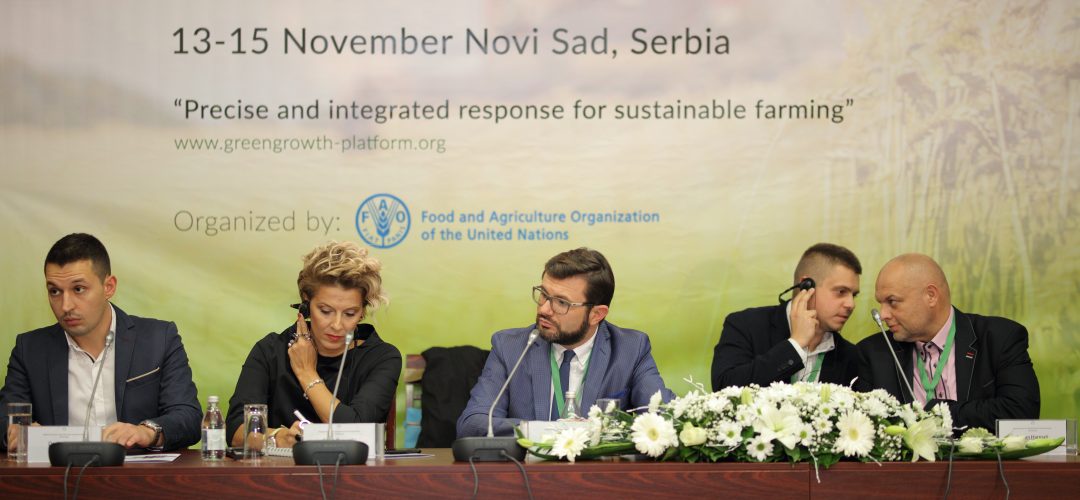 FAO Forum on e-Agriculture For Central and South-East Europe “Precise and integrated response for sustainable farming and inclusive food systems”, that was organized from the 13-15th of November at Hotel Park in Novi Sad Serbia. The total number of participants on this conference was 114 representing: Academia, Government, Experts, Business sector, Farmers, Non-Profit Organizations and other organization. This divers structure of participants on the event was the base for the core concept of this regional event, that is establishing direct communication with each relevant stakeholder in the e-agriculture ecosystem with primary focus on Farmers.
FAO Forum on e-Agriculture For Central and South-East Europe “Precise and integrated response for sustainable farming and inclusive food systems”, that was organized from the 13-15th of November at Hotel Park in Novi Sad Serbia. The total number of participants on this conference was 114 representing: Academia, Government, Experts, Business sector, Farmers, Non-Profit Organizations and other organization. This divers structure of participants on the event was the base for the core concept of this regional event, that is establishing direct communication with each relevant stakeholder in the e-agriculture ecosystem with primary focus on Farmers.

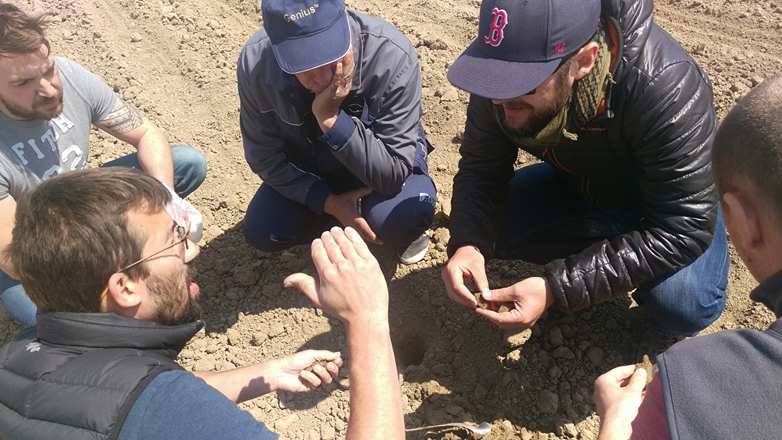 Precision agriculture Is one of the areas of agriculture and rural development activities in which the team here at Green Growth Platform (GGP) is devoting its attention.
Precision agriculture Is one of the areas of agriculture and rural development activities in which the team here at Green Growth Platform (GGP) is devoting its attention.










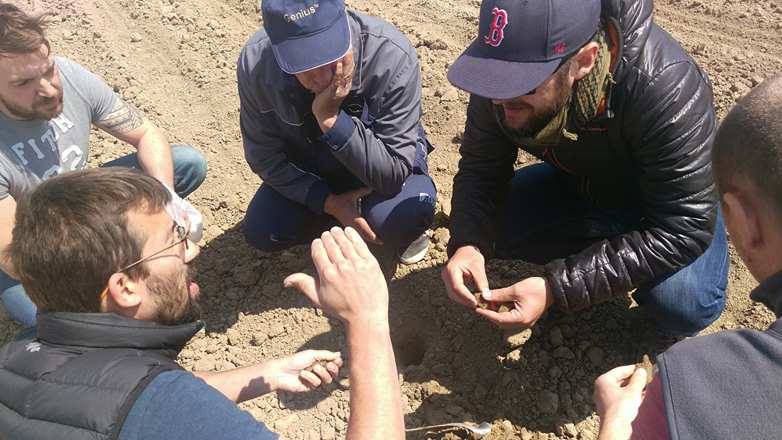






















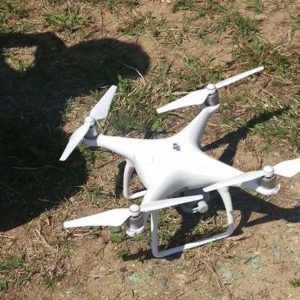



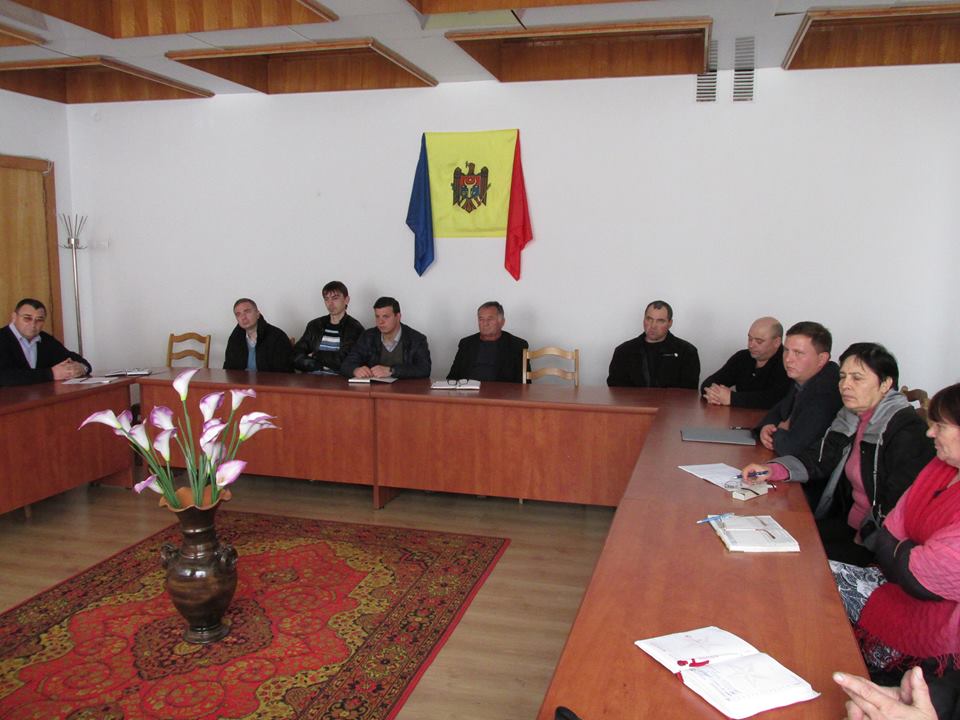 In February 2016, our senior consultant Nikola Trendov as a representative of Szent Istvan University took part in the project ”Agribusiness association model in V4 countries – a new perspective for Moldova competitiveness” which was held in three different regions of the Republic of Moldova.
In February 2016, our senior consultant Nikola Trendov as a representative of Szent Istvan University took part in the project ”Agribusiness association model in V4 countries – a new perspective for Moldova competitiveness” which was held in three different regions of the Republic of Moldova. Senior consultant and expert at GGP, Nikola Trendov visited Nigeria with main aim to deliver experience and transfer know-how in the area of ICT in agriculture among the small-scale farmers in Nigeria.
Senior consultant and expert at GGP, Nikola Trendov visited Nigeria with main aim to deliver experience and transfer know-how in the area of ICT in agriculture among the small-scale farmers in Nigeria.
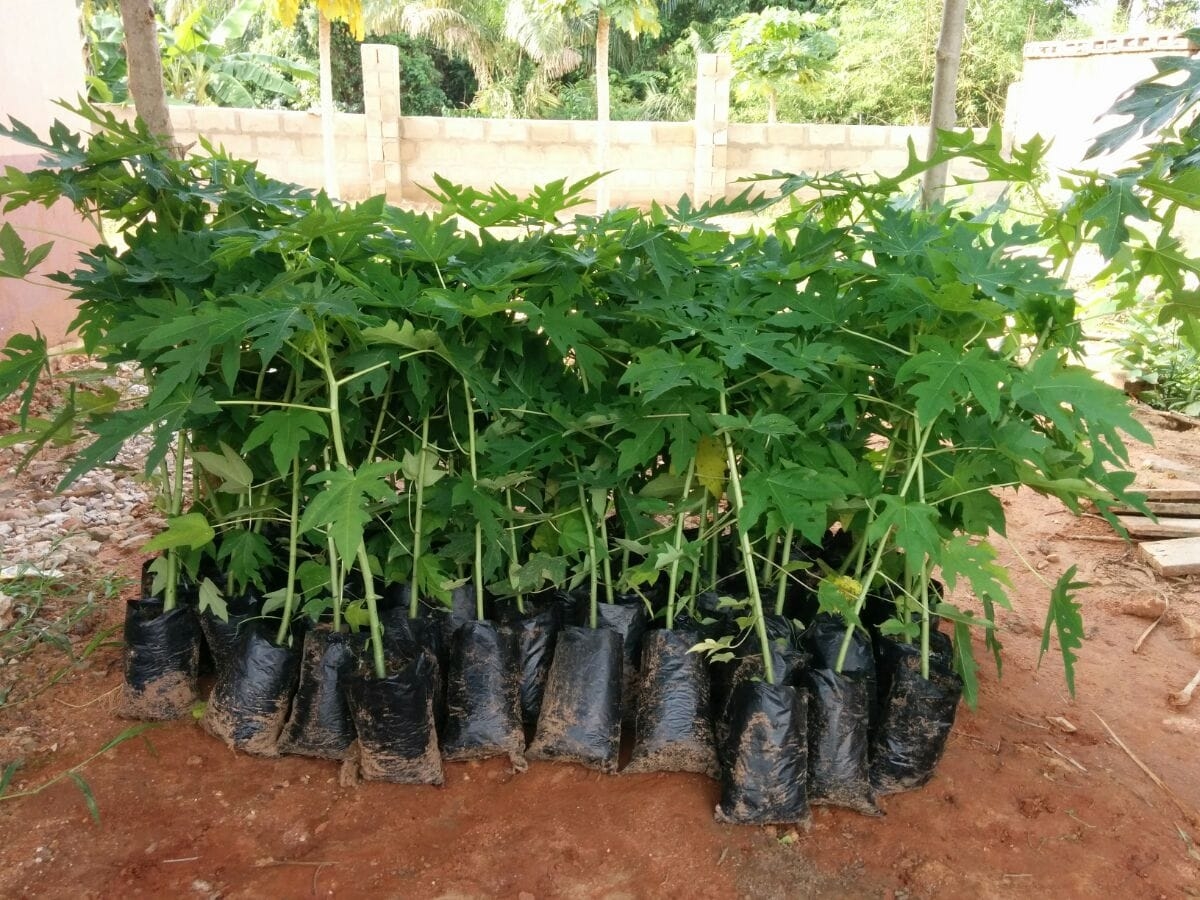





 Is a global organization with objective for sustainable, safe agriculture worldwide. Their purpose is with creation of private sector incentives for agricultural producers, to adopt these sustainable practices to make the world a better place to live in.
Is a global organization with objective for sustainable, safe agriculture worldwide. Their purpose is with creation of private sector incentives for agricultural producers, to adopt these sustainable practices to make the world a better place to live in.























 Green Growth Platform with its focus areas like agriculture and rural development, environment and innovation makes research and analysis on all sorts of projects that achieve its goal. One of the projects in which part of GGP team was involved was the project of Policy recommendations for the implementation of the program of drip irrigation.
Green Growth Platform with its focus areas like agriculture and rural development, environment and innovation makes research and analysis on all sorts of projects that achieve its goal. One of the projects in which part of GGP team was involved was the project of Policy recommendations for the implementation of the program of drip irrigation.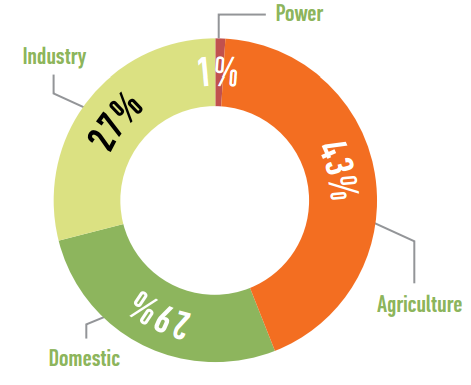
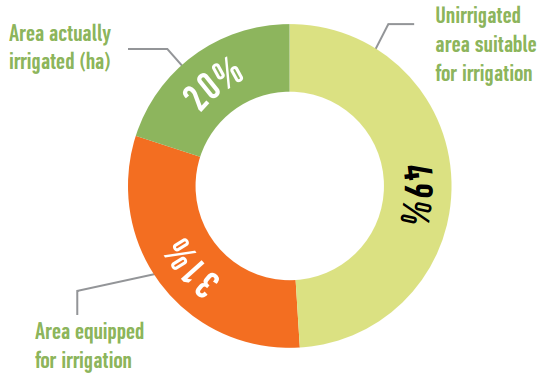
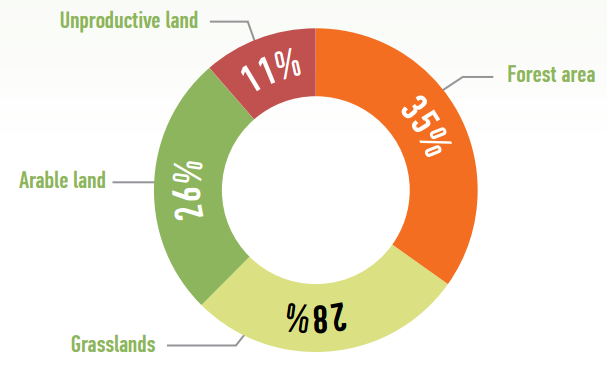
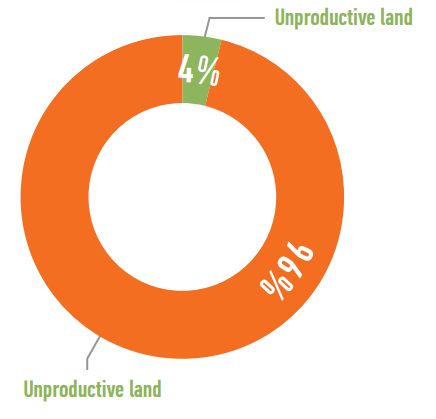

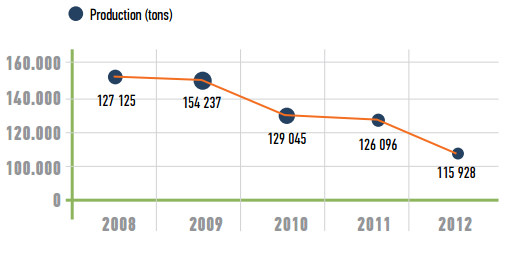

 Over the past 50 years, we have witnessed the largest cyclical rise in real prices of food. In order to cope with the challenges we need to recognize the importance of investments which is crucial in more sophisticated and information and communication technologies.
Over the past 50 years, we have witnessed the largest cyclical rise in real prices of food. In order to cope with the challenges we need to recognize the importance of investments which is crucial in more sophisticated and information and communication technologies.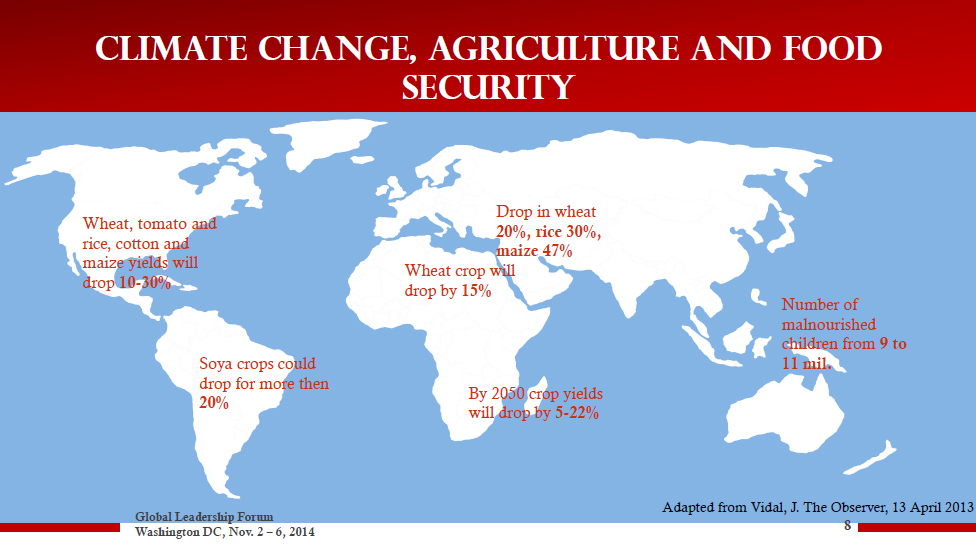 Part of GGP team was involved in a study research of Humphrey Fellowship court at Cornell University. The research that was done is in the area of Climate Change, and how climate change influences the environment. The study about Climate Change was based on a survey with all Humphrey Fellow for the academic year 2014/15, coming from more than 100 countries in the world.
Part of GGP team was involved in a study research of Humphrey Fellowship court at Cornell University. The research that was done is in the area of Climate Change, and how climate change influences the environment. The study about Climate Change was based on a survey with all Humphrey Fellow for the academic year 2014/15, coming from more than 100 countries in the world.

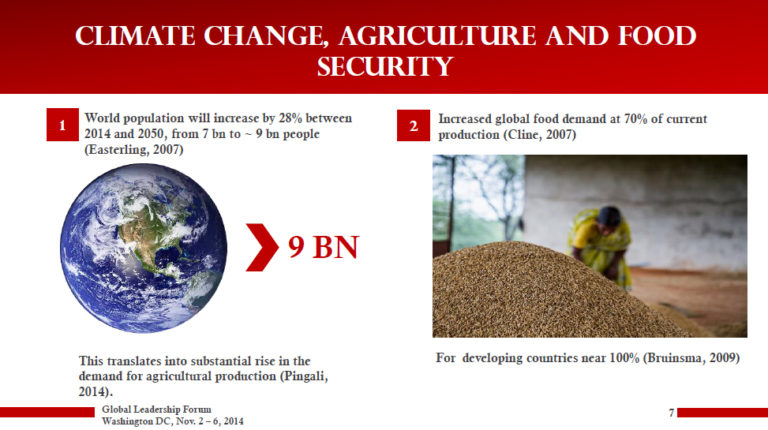

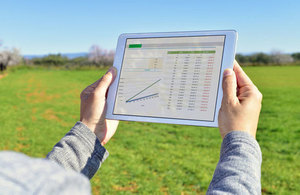 Increased prices of energy and other commodity products have increased the costs of production and therefore the price of food. Macedonia also faces these challenges parallel to the challenges posed by its undeveloped agriculture. In such a situation having the right information and knowledge is crucial.
Increased prices of energy and other commodity products have increased the costs of production and therefore the price of food. Macedonia also faces these challenges parallel to the challenges posed by its undeveloped agriculture. In such a situation having the right information and knowledge is crucial.